Qualification Level: Intermediate
Course Introduction:
In-depth training in medical coding and billing procedures for healthcare reimbursement.
Course Objective: Equip participants with skills in assigning codes, billing practices, and compliance.
Course Outline:
1. Introduction to Medical Coding and Billing:
Overview of the roles of medical coders and billers
Importance of accurate coding and billing in healthcare
2. Medical Terminology:
Building a foundation in medical vocabulary
Understanding anatomy and physiology terms
3. Introduction to Healthcare Systems:
Overview of healthcare delivery systems
Understanding various healthcare settings
4. Health Information Management:
Basics of health information management
Importance of accurate record-keeping
5. Anatomy and Physiology for Coders:
Detailed study of human anatomy and physiology relevant to coding
Understanding the structure and function of body systems
6. Introduction to ICD-10-CM (International Classification of Diseases, 10th Edition, Clinical Modification):
Overview of the ICD-10-CM coding system
Guidelines for accurate code assignment
7. CPT (Current Procedural Terminology) Coding:
Understanding CPT codes for medical procedures and services
Application of CPT guidelines
8. HCPCS (Healthcare Common Procedure Coding System):
Introduction to HCPCS Level II codes
Coding for medical supplies, equipment, and services not covered by CPT
9. Medical Billing Procedures:
Overview of medical billing processes
Submission of claims to insurance companies
10. Reimbursement Methods:
Understanding various reimbursement methods (fee-for-service, capitation, etc.)
Medicare and Medicaid reimbursement guidelines
11. Electronic Health Records (EHR) and Health Information Exchange (HIE):
Utilizing EHR systems in coding and billing
Ensuring data exchange between healthcare entities
12. Regulatory Compliance and Ethics:
Understanding compliance with healthcare regulations
Ethical considerations in medical coding and billing
13. Insurance and Payer Relations:
Working with different types of insurance plans
Interactions with insurance companies and payers
14. Fraud and Abuse Prevention:
Recognizing and preventing fraud and abuse in coding and billing
Compliance with anti-fraud laws and regulations
15. Review and Certification Exam Preparation:
Comprehensive review of course material
Practice exams and quizzes
Guidance on preparing for the Medical Coding and Billing certification exam
16. Medical Coding and Billing Certification Exam:
Information on scheduling and taking the certification exam
17. Professional Development and Continuing Education:
Opportunities for career advancement and specialization
Importance of ongoing professional developmen
Course Duration: 180 Hours
Target Audience: Individuals seeking careers in medical coding and billing, healthcare administrators.
Mode of Training: Virtual/Live Training: Blended learning with theoretical online modules and practical coding exercises.
Minimum Participants: 10
Maximum Participants: 25
Certificate Validity: 2 Years
Eligibility Criteria: High school diploma or equivalent, basic computer skills
Links for reference:
Enter the text or HTML code here








